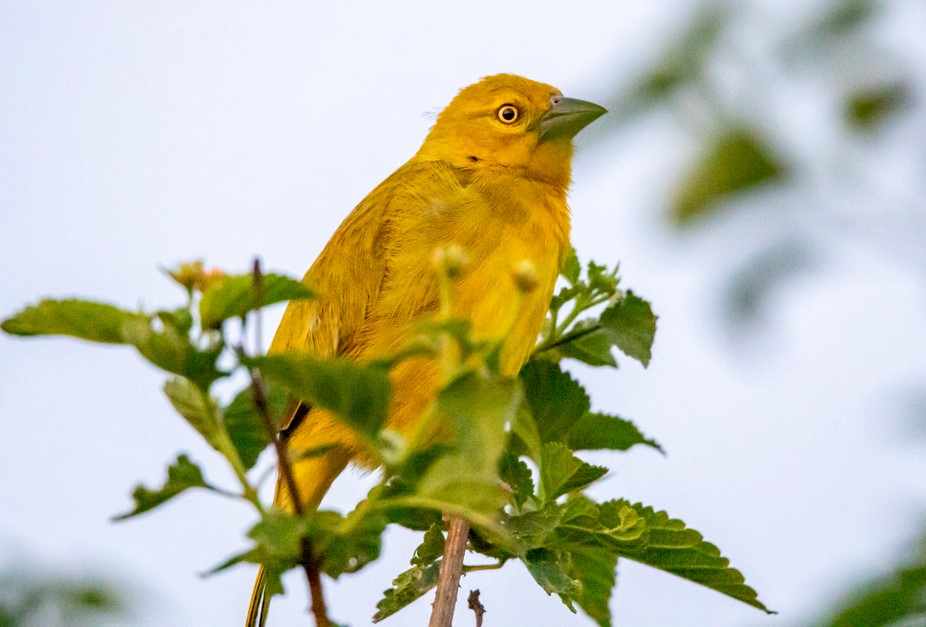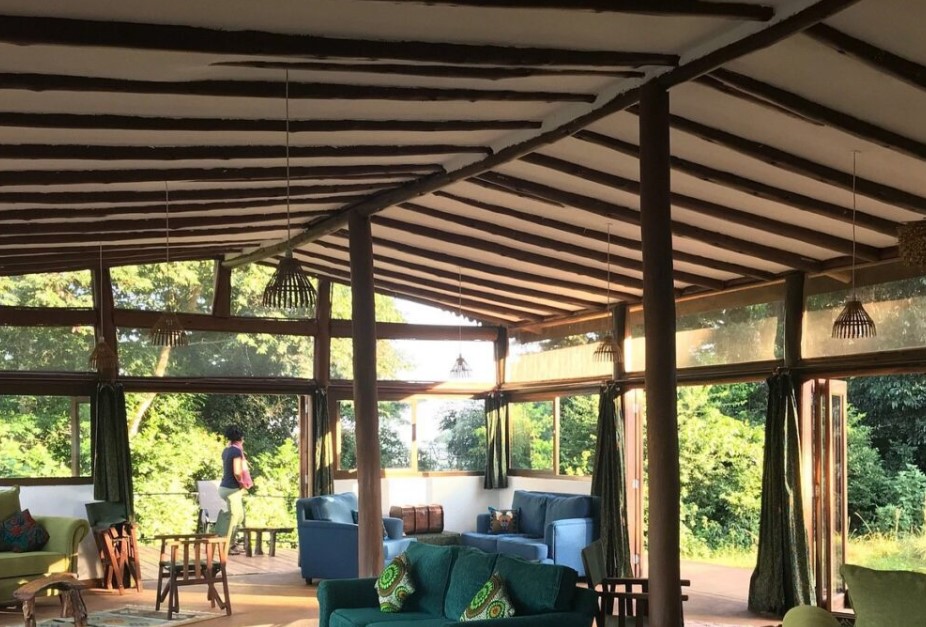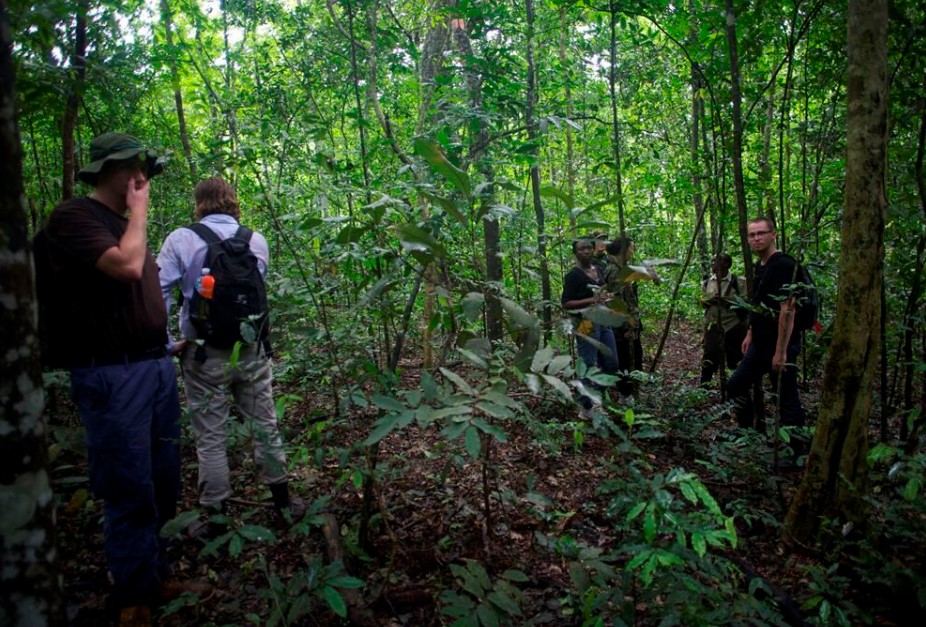
The Batwa Traditions in Uganda
Exploring the Batwa traditions in Uganda, which is one of the famous activities visitors always engage in, especially after gorilla trekking in the two gorilla parks of Mgahinga National Park and Bwindi Impenetrable National Park. This experience reveals the insights behind the norms and values of the Twa people commonly known as the pygmies. It starts with a nature walk, traversing through the forest edges as you explore the true identity of the original inhabitants of the forest (forest keepers).
Batwa History and Traditions
The Batwa traditions in Uganda: Over the years, the Batwa people used to live in peace in the dense jungle of Mgahinga and Bwindi Impenetrable National Park, where they survived mainly as fruit gatherers and hunters. However, later the government of Uganda evicted the Batwa people purposely to protect the endangered mountain gorillas and the forests in Mgahinga National Park and Bwindi Impenetrable National Park.
Greatly, this affected the Batwa people because this forced them to abandon their cultural identity, in search of new settlements along the forest edges. Others were forced to live in camps in the nearby areas of Kanungu, Kisoro, and Kabale Districts. This means that they still have to learn how to adapt to the new environment with its challenges.
The Batwa people in Uganda are the most compelling people of the many tribes who inhabit the surroundings around Mgahinga National Park. This is attributed to their strong connection with the forest and their past. Before their 1991 eviction and relocation to the forest fringes, the Batwa were hunters and gatherers who had inhabited the Mgahinga forest for thousands of years. Everything was simple and plentiful while still in the forest.
All they had to do was get up every morning and go pick fruits, harvest honey, hunt animals, or collect leaves for medicine from the forests. There were no constraints on their freedom of movement in the vast forest. Few other tribes dared to invade the Batwa’s jungle; thus, they hardly ever clashed with them during their reign in the forest.
Challenges faced by the Batwa People
When the forest was established as a national park, this abundant life came to an abrupt end. The authorities came to the conclusion that their persistent presence in the forest was endangering the mountain gorillas and hindering conservation efforts. The government now viewed hunting by the Batwa as poaching.
After their eviction from the forest, the government relocated them to neighborhoods outside the park. Regretfully, the Batwa have had difficulty adjusting to life outside of the forest; hence, their relocation was not totally effective. After evading these tribes for hundreds of years, they were suddenly forced to engage with them which makes the Batwa traditions in Uganda to fade.
Later, they had to put an end to what they had adopted as forest custodians and later pick up new skills such as farming and trading for them to survive. However, other tribes view the Batwa as invaders on their territory and marginalize them. In contrast to other tribes, most of the Batwa live in abstract poverty as a result of all these challenges.
In response to the Batwa crisis, numerous domestic and foreign organizations have launched a number of livelihood initiatives. These initiatives assist them in discovering new income-generating projects, such as raising goats, chickens, and bees. They have also moved further to purchase land for the homes of people with land titles.
Batwa Cultural Encounter in Uganda
For travelers seeking the true, unspoiled African tribe and an incredibly amazing experience, visit the Batwa People in Mgahinga along the Batwa Cultural Trail. Some organizations, such as USAID, came up to support it. Visitors can learn about the Batwa traditions in Uganda way of life and the difficulties they face adjusting to life outside of the forest during these cultural excursions.
Compared to the visit to Bwindi, the Batwa Trail in Mgahinga is more extensive. Within the jungle, it is run by the Batwa themselves. By taking you into the forest, these Batwa guides and natives will try to explain their history and show you how they used to do several activities for their survival, such as hunting, and fruit gathering in the jungle.
You are taken to their small towns for cultural entertainment after touring the jungle, where you will hear sorrowful songs about their lost lives, vanishing culture, and the strange new world they are living in. It can be rather moving to be with the Batwa, and you might wonder if their resettlement was handled properly. The fee for the Batwa trail is $80. While the remainder goes to the community fund to help purchase scholastic materials like books and cover Batwa children’s tuition, a portion of the proceeds goes directly to the Batwa guides and entertainers, for them to earn a living.
The best time to visit them
Since the park is open all year round, the Twa people live on the fringes of the park. The Batwa people can be visited all year round, though some seasons are better than others. However, the best time to visit to experience the Batwa traditions in Uganda is during the dry season, from June to September and December to February. This is because these months are characterized by dry trekking trails and clear skies. Additionally, the dry season offers favorable conditions for hiking, birding, and gorilla trekking.







